With the rise in popularity of microgreens as a nutritious and flavorful addition to various dishes, many have discovered the joy of growing their own at home. While purchasing microgreens at your local supermarket can be expensive, cultivating them yourself doesn’t have to break the bank. In fact, with some basic materials, you can create a thriving microgreen garden without incurring significant expenses.
This article will provide an overview of the costs involved in setting up a microgreen garden, allowing you to reap the benefits of fresh, healthy greens while having fun watching your seeds transform into sprouts.
Where You’ll start
For microgreen farmers with limited indoor space, a greenhouse or hoop house is a game-changer when it comes to producing crops year-round. These structures offer the ideal conditions for growing microgreens, enabling farmers to precisely regulate temperature, humidity, and airflow. With some thoughtful planning and attention, a well-designed greenhouse or hoop house can be a reliable source of fresh microgreens throughout the year, regardless of outside weather conditions.
The Equipment & Cost to Build a Microgreen Garden
Seeds
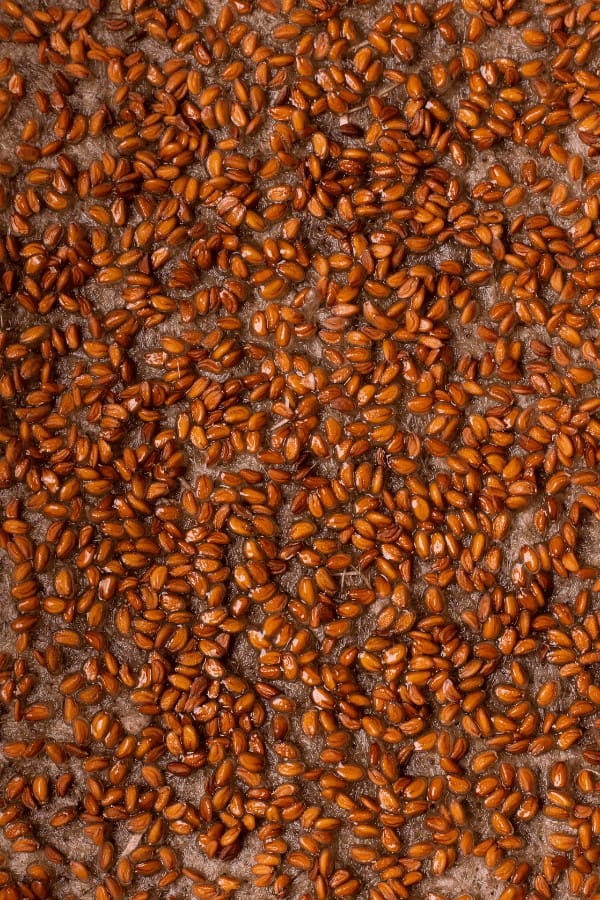
When it comes to cultivating your own microgreens, one crucial factor to consider is the upfront cost of high-quality seeds. The price tag can vary significantly depending on the specific variety you’re interested in growing. On average, seeds for popular microgreen varieties can range from a relatively affordable $6 per ounce to upwards of $15 per ounce.
Soil

To grow microgreens successfully, you’ll require a premium potting soil designed specifically for these young greens. The cost of this specialized soil ranges from $15 to $25 per bag, so be prepared to invest in the best.
Trays
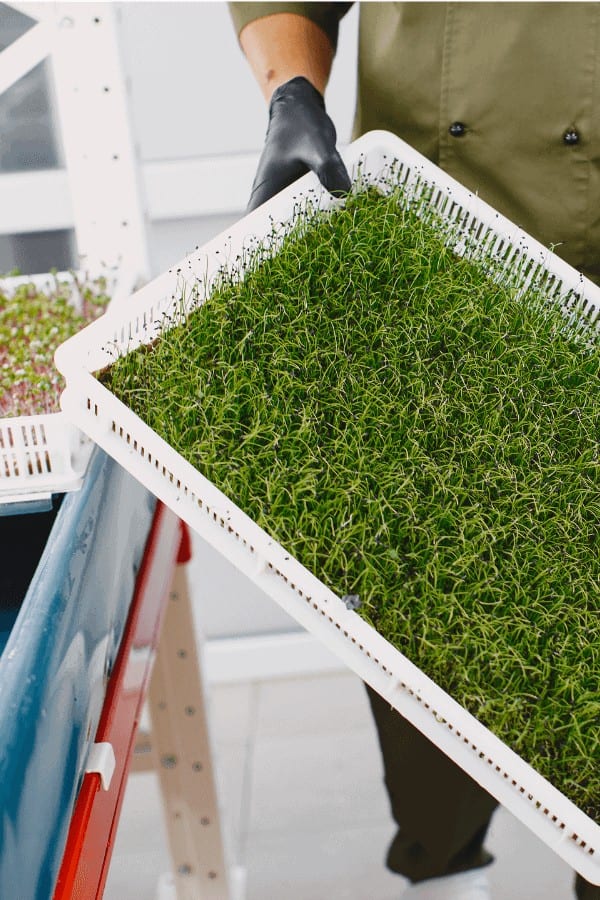
To cultivate microgreens, you’ll require specialized containers known as trays. These trays can range significantly in price, typically falling within the $0.50 to $20 per tray spectrum.
Greenhouse or Hoophouse
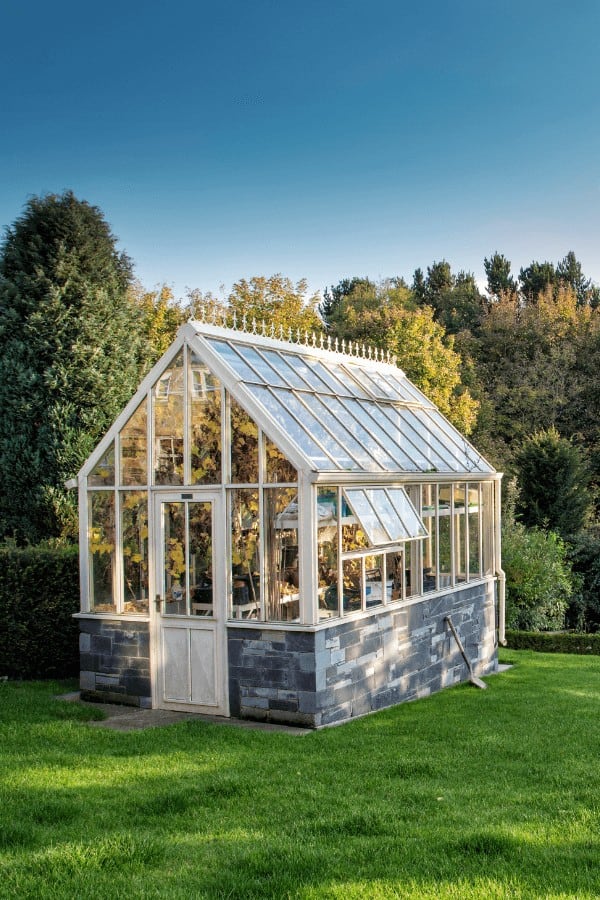
To cultivate microgreens throughout the year without being at the mercy of the seasons, investing in a greenhouse or hoop house is crucial. While the financial outlay for such a structure can vary significantly, ranging from $500 to $5,000 depending on its size and features, it’s an essential step towards ensuring a continuous harvest.
Grow lights
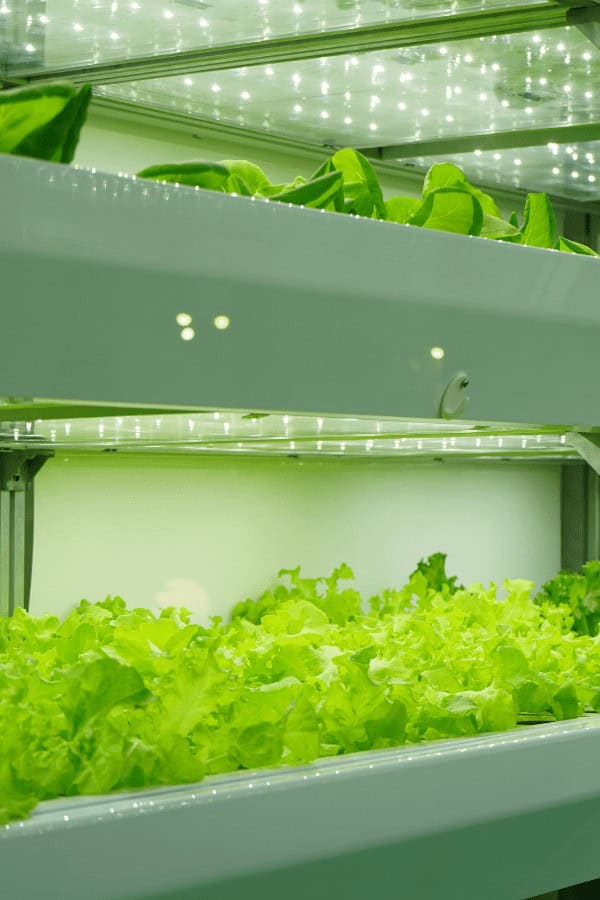
When cultivating microgreens at home, one essential investment is a reliable set of grow lights. The cost of these lights varies significantly, typically falling within the $50 to $200 range, with prices influenced by the type and quantity of lights chosen.
Heating Mat
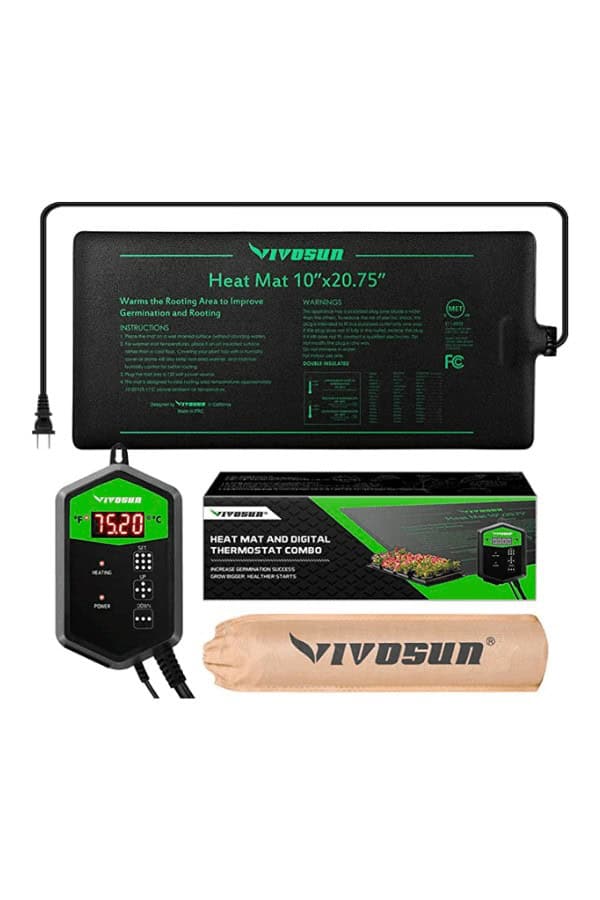
Growing microgreens indoors requires a heating mat to maintain soil warmth, which can range from $20-$100 in cost. When it comes to the equipment needed for your indoor garden, you’ll need to consider the price of seeds, which typically fall between $6 and $15 per ounce. Soil will also be an important expense, with prices ranging from $15 to $25 per bag. Trays are another essential item, costing anywhere from $0.50 to $20 each.
Depending on your setup, you may also need a greenhouse or grow lights, which can add additional costs of $500-$5000 and $50-$200 respectively. Ultimately, the total cost for your microgreen growing setup will depend on your specific needs and choices, but it’s likely to fall within the range of $30-$6000.
Total Cost:
The startup costs for a microgreen garden vary significantly, ranging from a relatively affordable $30 to a more substantial investment of up to $6,000, with the disparity largely attributed to factors such as the scope of your endeavor and the necessity of a greenhouse. The flexibility in pricing allows entrepreneurs to scale their operations according to their individual circumstances and budgets.
The Best Microgreen Seeds
When selecting microgreen seeds, several factors come into play. Firstly, cost is a significant consideration, as some varieties can be quite pricey. It’s crucial to research and compare prices to secure the best value for your money. Secondly, germination rates are vital, with some seeds boasting high success rates and others being less reliable. To maximize your investment, it’s essential to opt for seeds with a high germination rate.
Finally, the flavor profile of the microgreen is also a crucial element to consider, as different varieties can range from mild and sweet to bitter and pungent. By taking these factors into account, you’ll be well on your way to finding the perfect microgreen seeds for your needs.
Broccoli
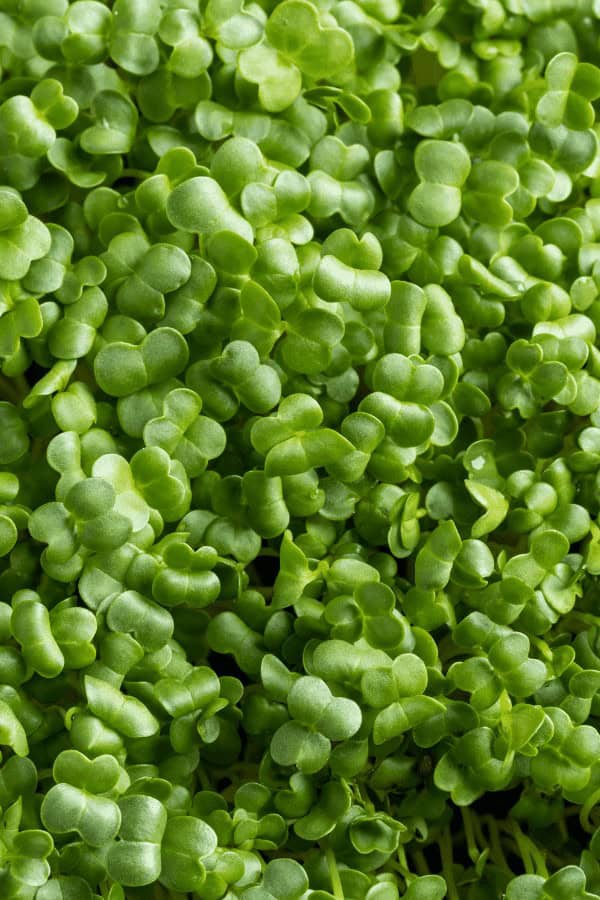
Broccoli microgreens boast an impressive nutritional profile, rich in essential vitamins such as A, C, and E. They are also a good source of calcium and iron. While they may possess a subtle bitterness, this characteristic doesn’t detract from their numerous health benefits. In terms of pricing, broccoli microgreens typically cost $4.10 per ounce.
Arugula
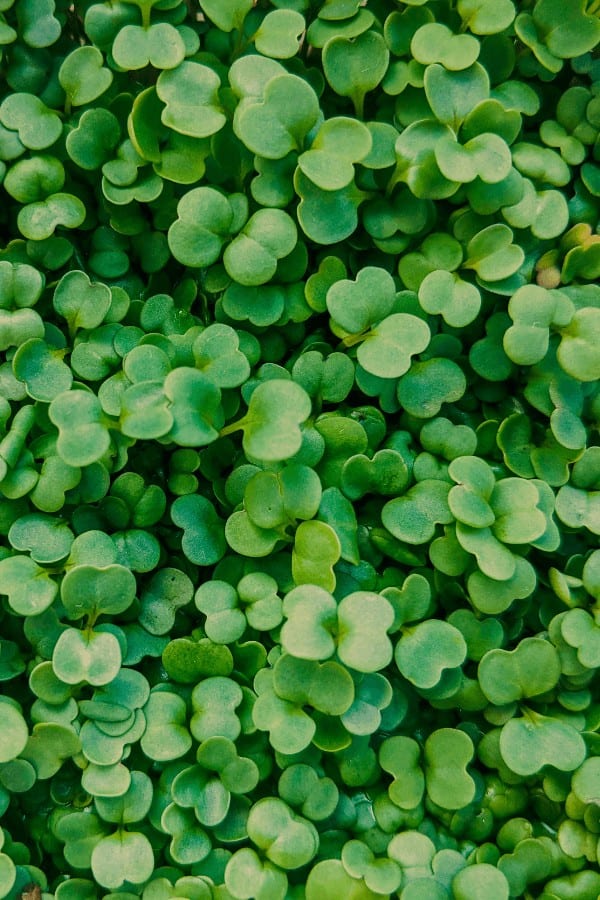
Arugula microgreens are an excellent source of essential nutrients, boasting impressive levels of vitamins A, C, and K, as well as iron and manganese. What’s more, they possess a distinctive peppery flavor profile that adds depth to any dish. With a price point of $7.40 per ounce, these nutrient-dense greens offer a premium value for those looking to elevate their culinary creations.
Radish
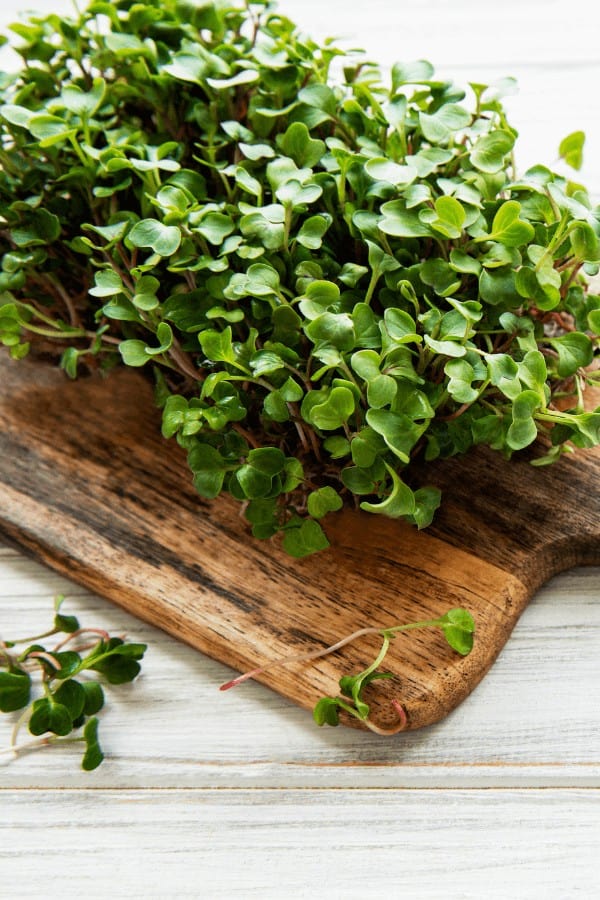
Radish microgreens are a nutrient-dense option that boasts an impressive array of essential vitamins and minerals. Rich in vitamin C, calcium, and iron, these tiny greens pack a significant punch when it comes to supporting overall health. Their flavor profile is characterized by a subtle spiciness, making them a great addition to a variety of dishes. While they may come at a slightly higher price point – $7.95 per ounce – the benefits they provide make them well worth the investment.
Kale
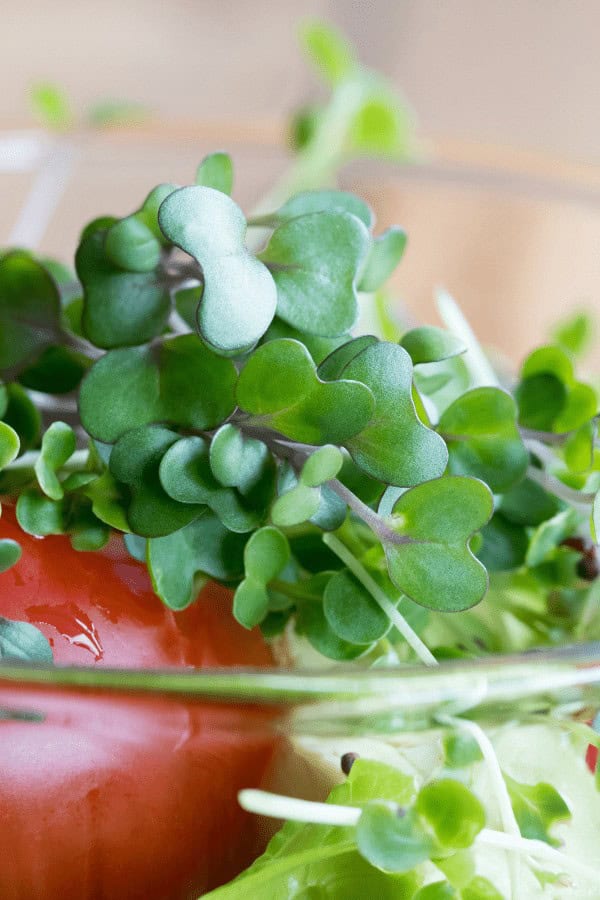
Kale microgreens boast an impressive nutrient profile, boasting significant amounts of vitamins A, C, and K, alongside essential minerals like calcium and iron. While they may possess a subtle bitterness, their unique flavor is well worth the nutritional benefits. Interestingly, these tiny greens can be found at a competitive price point of $9.50 per ounce.
Red Cabbage
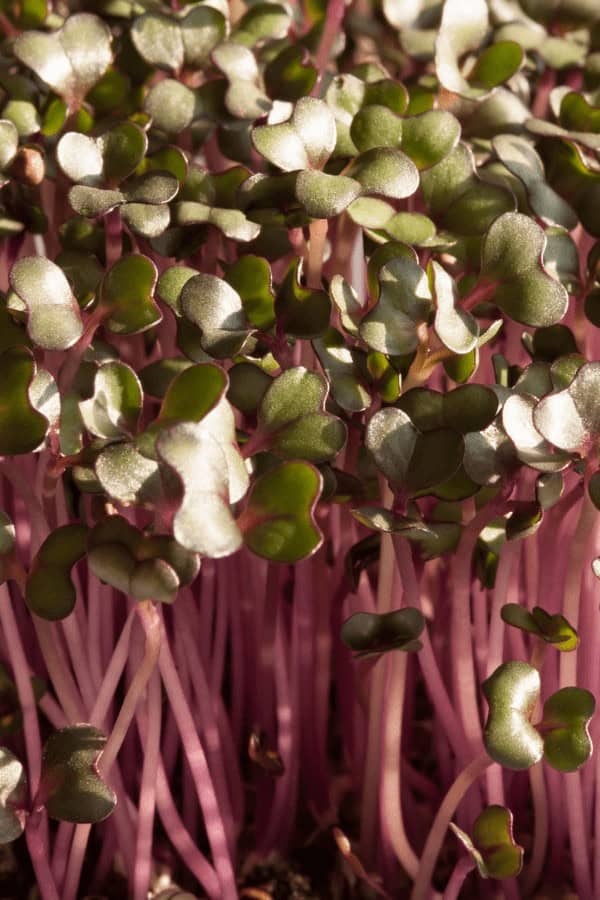
Red Cabbage microgreens stand out for their impressive nutritional profile, boasting high levels of vitamins A, C, and K, along with calcium and iron. These tiny greens also possess a unique flavor profile that is both mild and slightly spicy, reminiscent of other brassica vegetables. The distinct taste and robust nutrient content make Red Cabbage microgreens an attractive addition to any meal or salad, all for a price of $6.80 per ounce.
Mustard
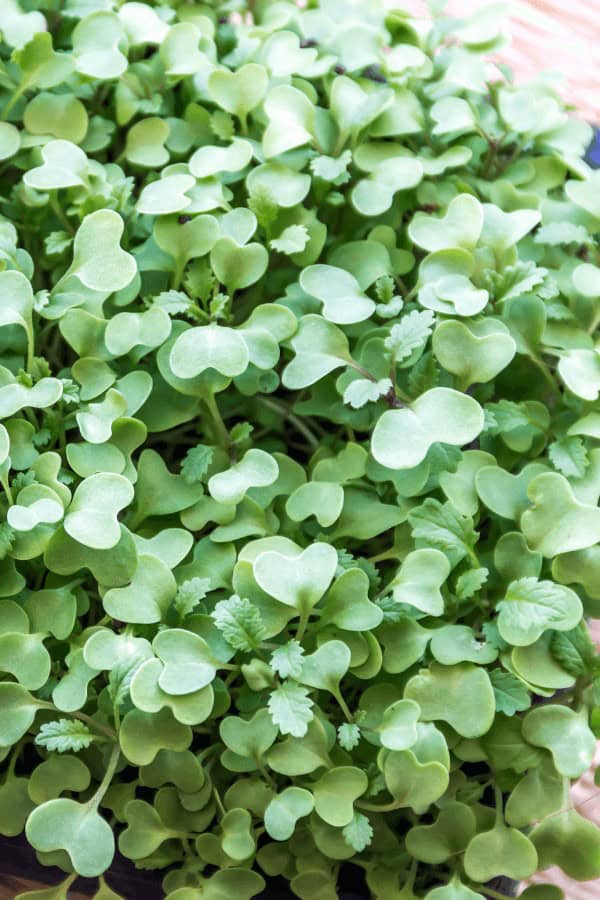
Mustard microgreens stand out for their impressive nutritional profile, boasting an abundance of vitamins A, C, and E, along with essential minerals like calcium and iron. This unique blend of flavors, which can be described as a harmonious balance of spicy and sweet notes, makes them a great addition to various dishes. When it comes to pricing, this particular variety is available at $7.95.
Sunflower
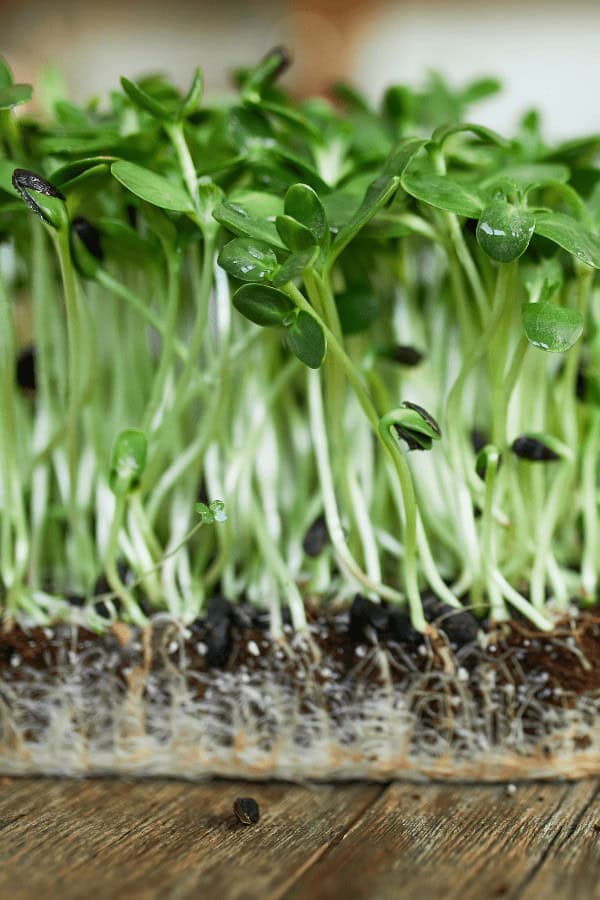
Sunflower microgreens are a nutrient-dense food that boasts an impressive array of essential vitamins and minerals. Packed with vitamins A, C, and E, these tiny greens also provide a good source of calcium. But what really sets them apart is their unique flavor profile – a subtle nutty taste that adds depth to any dish. And at just $12.30 per serving, they’re an affordable way to supercharge your meals.
Buckwheat
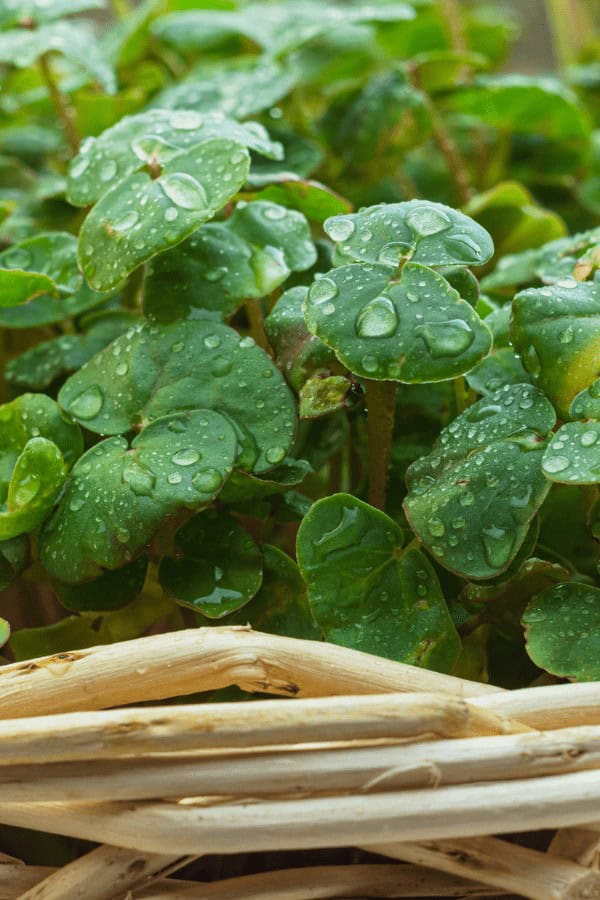
Buckwheat microgreens are notable for their impressive nutrient profile, boasting high levels of vitamins B and E, as well as calcium. This unique blend of essential minerals not only provides a nutritional boost but also contributes to the distinct earthy flavor that sets them apart from other varieties.
Ways to Reduce The Cost
To cultivate microgreens on a budget, consider the following cost-effective strategies: bulk purchasing of seeds can lead to discounts, making your own potting soil with an online recipe is a thrifty alternative, and reusing trays from other plants or store-bought greens after a thorough cleaning. Additionally, scouting for used greenhouses online or at garden stores can be a great way to save money, as can starting small and testing the waters before scaling up.
Furthermore, purchasing used equipment from gardening stores or online classified ads can help reduce startup costs, while building your own greenhouse using recycled materials is a creative and eco-friendly approach.
In Conclusion,
While it’s true that starting a microgreen garden may initially seem like a pricey venture, it’s entirely possible to create a budget-friendly setup with some careful consideration. By taking the time to research and plan thoughtfully, you can establish a thriving microgreen garden that brings joy without breaking the bank.
FREQUENTLY ASKED QUESTIONS
Microgreens have been touted as a profitable crop for growers, offering high value per square foot and rapid growth times. However, they’re not without their challenges. Common issues include pests, diseases, and poor drainage, which can be mitigated by employing proper growing techniques. One area where microgreens excel is in their reusability. Potting soil used for microgreens can be cleaned and reused, making it a cost-effective option for growers.
In terms of regrowth, most microgreens do not recover after being cut. Once harvested, they typically cease growth. However, certain plants like beans, peas, and kale may produce a second crop if allowed to regrow with at least one healthy leaf. As a food source, microgreens offer numerous benefits. They’re rich in vitamins, minerals, antioxidants, and fiber, making them a nutritious addition to any diet.
Their low calorie and fat content make them an attractive option for health-conscious consumers. The primary purpose of microgreens is to provide a concentrated dose of nutrients in a compact package. They’re often used as garnishes or added to salads and other dishes. One of the most appealing aspects of microgreens is their versatility – they can be consumed raw, allowing their delicate flavors and textures to shine through.
Related Posts:
When it comes to cultivating microgreens, it’s all about simplicity and patience. With just a few easy-to-follow tips, you can successfully grow your own nutrient-rich greens at home. Here are 8 simple steps to get started: [insert detailed tips here]. And once you’ve mastered the art of growing microgreens, why not try your hand at incorporating them into some delicious recipes? We’ve got 10 tasty microgreen recipes that will inspire you to get creative in the kitchen.